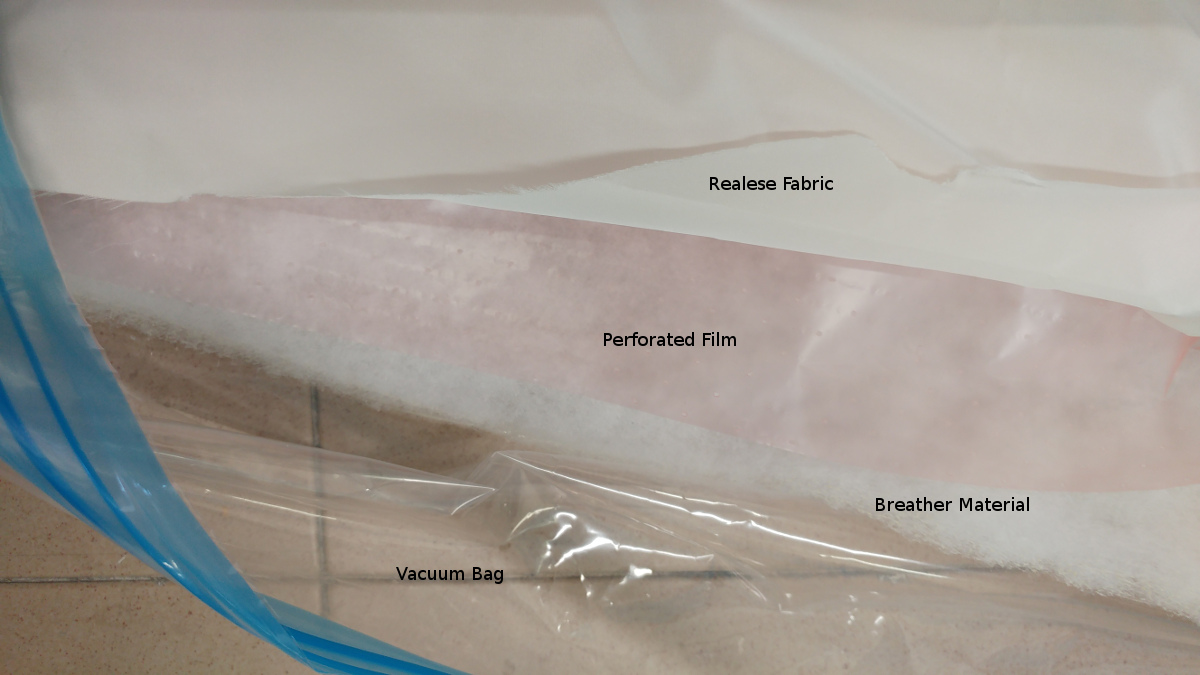
Things to do :
- read the safety data sheet (SDS) and technical data sheet (TDS) for the resins that you're using
- design and fabricate a 3D mold (~ft2)
- produce a fiber composite part in it, with resin infusion and compaction
Composite
For this week Assignment we had to Design and produce something with a digital fabrication process (incorporating computer-aided design and manufacturing) not covered in another assignment, documenting the requirements that your assignment meets, and including everything necessary to reproduce it. Possibilities include (but are not limited to) composites, textiles,biotechnology, robotics, and cooking.I choosed composites because I was very curious about this process.
Designing the 3D mold
For this week I decided to build a boomerang using the jute fabric.I started modelling the boomerang in Solidworks and I exported it in stl.
I then exported the .stl and moved to the pc equipped with Cut3D in order to create the toolpaths for the actual milling. I already illustrated the process in the molding and casting week,but this time the end mill settings for the polystyrene were much different. Since my model height wasn't greater than our polystyrene sheets height I hadn't to slice it.
for this kind of work I used a 1/4 end mill for the roughing path and a 1/8 ball end mill for the finiscing. The settings I used were as follows:
1/4 flat
1/8 ball:
The milling process didn't take so much time due to the fact that polystyrene is a very soft material so the feed rate could had been quite hight. Next I smoothered every surface whit the sand paper.
Here is the polystyrene mold finished:

I proceeded to gather all the needed materials for the following step:

I wanted the polyestyrene to be sealed inside the jute fabric to give a frame to the boomerang so all the layers lister in the image above must be mirrored in the bottom,so I did :

Next I prepare the jute and the resin(Mixin ratio 2:1,I already used it in the molding and casting week.
At this step is very usefull and recommended to take a look at the Epoxy resin safety datasheet and to the Epoxy hardener safety data sheet
I cutted the jute in thin stripes and gathered them all together :



Next I drenched the thin stripes of jute in the glass whit the resin. I covered all the polystyrene mold whit those resinated jute strips,succeeding in applying 3 layers of epoxy-soaked jute stripes.
Once I did that I placed the boomerang in the realese fabric I prepared before (see 3 images above),and covered it whit (once again but in the upper part)
At this step I vacuumed the bag and waited till the day after to remove the final result (photo tooked from Silvia showing this step ):
Once I removed the boomerang I struggled a lot to remove the release fabric from it , and this is the not so satisfying final result :

